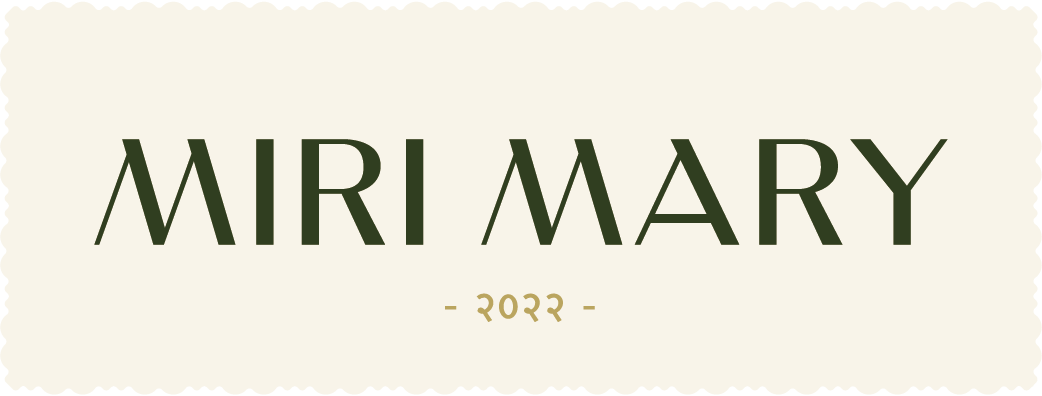Summary: This blog post details the art and science behind creating a perfect lunch menu, covering aspects like understanding the audience, balancing offerings, and effective presentation. It provides a comprehensive guide for restaurant owners and food lovers to appreciate the thought that goes into a well-curated lunch experience.
Lunch menu is not only a set of dishes, but fine arrangement of dishes (to match the required flavor, nutrition, and type) to meet diverse customers’ desires. No matter if you run a lunch shop or you are searching for the best “lunch near me”, being able to define what goes into a well-written lunch menu has the potential to improve the dining experience for the eater and the success rate for the business owner. From ingredient selection to menu layout and seasonal specials, let’s explore the key elements that define an exceptional lunch menu, particularly in the vibrant dining scene of Amsterdam.
-
Understanding Your Audience
The initial step to create an ideal lunch menu is to understand who the target customers will be. A well-thought-out menu should cater to:
- Busy Professionals: Those looking for a quick yet satisfying meal during a work break.
- Casual Diners: Clients seeking a comfortable, chill dining experience with lots of options.
- Health-Conscious Eaters: Individuals seeking balanced meals with fresh, nutritious ingredients.
- Tourists & Food Enthusiasts: Visitors looking to explore local and international flavors in Amsterdam’s lunch spots.
Based on the likes and dietary requirements of the audience, a restaurant eatery can prepare a menu that will appeal a great variety of customers.
-
Balanced and Diverse Offerings
A successful lunch menu should strike the right balance between variety and simplicity. Key considerations include:
- Protein Options: Vegetarian, vegan, meat options to meet everyone’s dietary preferences.
- Light & Hearty Meals: Providing a combination of crunchy salads and hearty dishes provides customers with choices depending on their hunger.
- Signature Dishes: Specialties in unique fields which make your lunch cafe different from other cafes.
- Side Dishes & Add-ons: Customizable extras like soups, small plates, or bread selections enhance meal flexibility.
Lunch spots in Amsterdam thrive on variety, from traditional Dutch sandwiches to global cuisines like Indian curries or Mediterranean mezze platters.
-
Using High-Quality, Fresh Ingredients
A well-curated lunch menu prioritizes quality ingredients. Fresh, locally sourced produce not only enhances flavor but also aligns with sustainability trends. Many lunch restaurants in Amsterdam embrace:
- Farm-to-Table Ingredients: Supporting local farms and reducing the carbon footprint.
- Organic & Seasonal Produce: Enhancing taste and nutritional value.
- Sustainable Seafood & Ethical Meat: Meeting the growing demand for responsible sourcing.
Premium quality ingredients are a demonstration of commitment to the highest level of quality, and by doing so, attract customers to come back for more.
-
Menu Layout & Presentation
The manner in which a menu is presented has a relevant impact on decision by a customer. Here are some key design tips:
- Clear Categorization: Sections for appetizers, for main courses, for vegetarians, and for drinks show good readability.
- Concise Descriptions: Short, appealing descriptions of each item are provided to help the customer decide in an instant.
- Visual Appeal: Color, typography, and, indeed, images can be used to make the menu more interesting.
- Highlighting Best Sellers: By highlighting items with labels such as “Chef’s Special” or “Customer Favorite” sales rates can be increased.
Restaurants specializing in lunches in Amsterdam are well-served by the availability of user-friendly, multilingual information to address the needs of overseas customers.
-
Portion Sizes & Pricing Strategy
Displaying the appropriate portion sizes guarantees customer satisfaction, without overconsumption. Key considerations include:
- Regular & Half Portions: Offering different sizes caters to varying appetites and budgets.
- Lunch Combos & Meal Deals: Making a combination of items such as a soup and sandwich or a curry with naan is a very good value offer.
- Transparent Pricing: Explicitly stating item costs reduces ambiguity and fosters a sense of trust in diners.
- Competitive Analysis: The more research on other lunch places in Amsterdam leads to an understanding of acceptable pricing, which goes on to also establish reasonable pricing, while ensuring that the business stays profitable.
-
Incorporating Seasonal & Special Menus
Introducing seasonal menus keeps offerings fresh and exciting. Consider:
- Seasonal Ingredients: Highlights include spring greens, summer crops, autumn root vegetables, and winter warming fare.
- Festive Menus: Occasional festive meals for holidays such as Diwali, Christmas, or local Amsterdam feasts.
- Limited-Time Offers: Blinking plates motivate customers to visit again and sample new dishes.
Keeping the menu dynamic ensures continued customer interest and engagement.
-
Health & Dietary Considerations
Anticipating even greater emphasis on wellness, contemporary lunch menus should take into consideration dietary needs and limitations, such as:.
- Gluten-Free Low-Carb Choices for people with particular dietary restrictions.
- Vegan & Vegetarian Choices to accommodate plant-based lifestyles.
- Allergy-Friendly Labels to help customers make informed decisions.
Amsterdam’s vibrant city center of restaurants is also a great catalyst for lunch restaurants to be inclusive, guaranteeing there’s something for everybody.
-
Sustainability & Ethical Dining
Sustainability is one of the increasing trends in the restaurant business, and also in the lunch restaurants of Amsterdam.<br/. Sustainable menu practices include:
- Eco-Friendly Packaging for Takeout: Minimizing plastic waste.
- Food Waste Reduction Strategies: Repurposing ingredients creatively to limit excess.
- Energy-Efficient Cooking Methods: Reducing carbon footprints in the kitchen.
An environmentally friendly eatery that is committed to sustainability draws attention of environmentally aware eaters and promotes a cleaner environment.
-
Enhancing Customer Experience
Lunch menu these days is not just about the food, but whole dining experience. This includes:
- Fast & Friendly Service: Ensuring quick preparation for those on limited lunch breaks.
- Comfortable Ambiance: A relaxed setting enhances the meal’s enjoyment.
- Online Ordering & Reservations: Offering digital convenience for customers looking for “lunch near me.
Contemporary lunch venues in Amsterdam combine good cuisine with fabulous service to deliver a unique and lasting experience.
-
Marketing & Menu Promotion
For a menu to be well designed, its promotion should be effective enough to get it in front of the consumer. Strategies include:
- Social Media Campaigns: Showcasing lunch specials on Instagram and Facebook.
- Email Newsletters: Informing loyal customers about new additions.
- Food Photography: High-quality images entice diners to try featured dishes.
- Partnerships & Collaborations: Collaboration with local influencers of taking part in endorsing the restaurants in Amsterdam.
Effective marketing plan guarantees that a restaurant takes the lunch menu consciously and generates more traffic.
Medicalization of lunch menu making is likely to be accomplished through thoughtful consideration, care, and knowledge of customer habits. Starting with the high-quality produce and well-catered food options, sustainability, and top notch service, each element can make for a memorable dining experience. Whether you’re a restaurant owner or a food lover searching for “lunch near me” in Amsterdam, recognizing what makes a great lunch menu can enhance your appreciation for thoughtfully curated meals.
Restaurants for lunch that are always innovative when it comes to their menu, always sophisticated, and always fit to the changing appetite of their customers will always stand out in the crowded culinary arena. A great lunch isn’t just about the food—it’s about the experience, the ambiance, and the memories created around the table.

